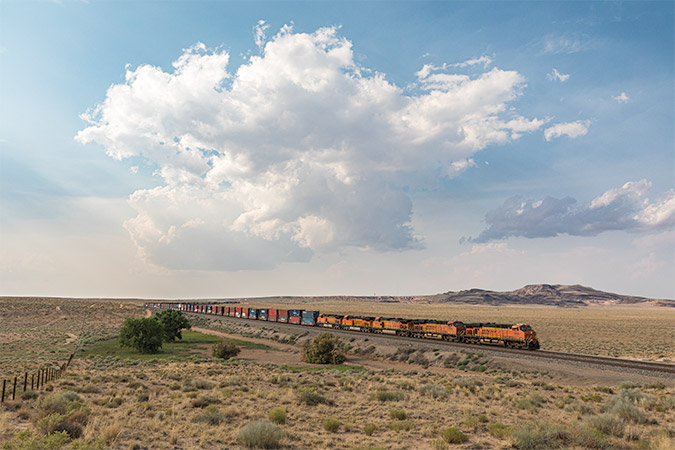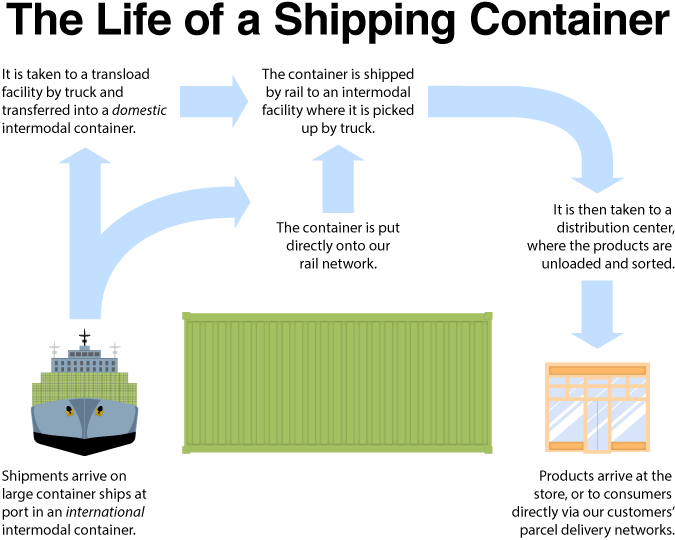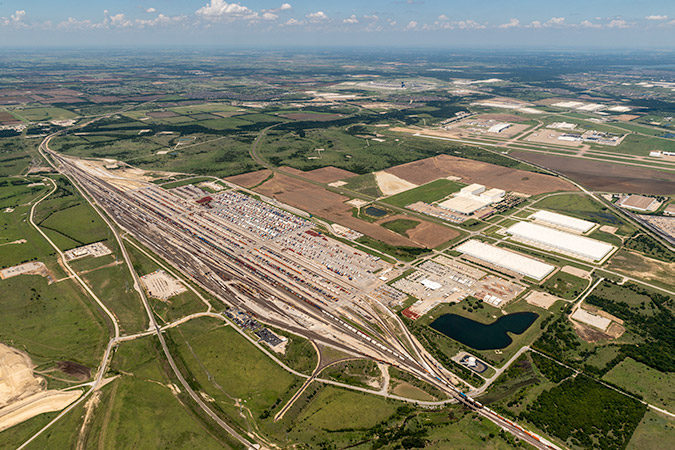Online shopping clicks with consumers during pandemic

Buying a new pair of pants for work, picking up a bouquet of flowers for your Mom’s birthday, purchasing a spice rack to help organize your kitchen and indulging yourself with that special item you have had your eye on for weeks. In the past, this list of errands could have taken a weekend afternoon to complete, but today with online retailing, you can accomplish those same tasks in a few minutes.
The rise of e-retail has grown significantly since 2010 when online retail sales only accounted for approximately 4% of total retail sales in the U.S. As consumers adopted new shopping habits over the decade, mobile apps and websites became more user-friendly to help shoppers easily place their order with a swipe, click or press of a button. Fast forward to 2019, when e-commerce accounted for approximately 16% of retail sales in the U.S.

In 2020, the pandemic shocked the U.S. economy, beginning in March when cities and states began issuing economic closures and stay-at-home orders. North American intermodal freight volumes dropped roughly 10% year over year. However, retail trends quickly shifted from what was traditionally spent on travel, tourism and events to products used to enhance life and entertainment at home. The safest and most convenient way for consumers to acquire these items was to purchase them online.
"E-commerce has been a contributing factor to intermodal freight growth over the last several years. This trend accelerated significantly in the third quarter of 2020 with domestic container volumes growing 9.8% based on inventory replenishment and online sales. We anticipate continued gains for the fourth quarter as well as through the Asian New Year,” said Joni Casey, president & CEO, Intermodal Association of North America.
Starting in June at BNSF, we saw roughly a 30% spike in shipments at some of our key hubs along the West Coast and at our inland intermodal facilities in Texas and Chicago. Our operating teams moved quickly to account for this unprecedented surge by activating flat railcars from storage and positioning train crews and locomotives in strategic locations throughout the country to support the increase in consumer demand.

“For our part in the intermodal cycle, shippers have a great opportunity to leverage BNSF intermodal hubs to co-locate distribution centers and warehouses near those facilities, and in concert with our international and domestic carrier partners, we create a cost- and carbon-efficient supply chain through which goods may flow to retail stores and customers,” said Tom Williams, BNSF group vice president, Consumer Products. “Our intermodal facilities are strategically located in population centers across the country to position inventories in major consumption markets.”
For many consumers, online retailing is now their preferred way to shop. Last year at BNSF, we experienced 14% growth in our parcel shipments, with a 16% increase in parcel shipments during the holiday season.
E-commerce is here to stay. Big and small retail stores alike are adapting to make it easier for shoppers to receive their goods promptly. Free and next-day shipping options are a must in order for companies to stay competitive, and freight transportation companies like BNSF play a critical part in quickly getting goods to the doorsteps of consumers.


